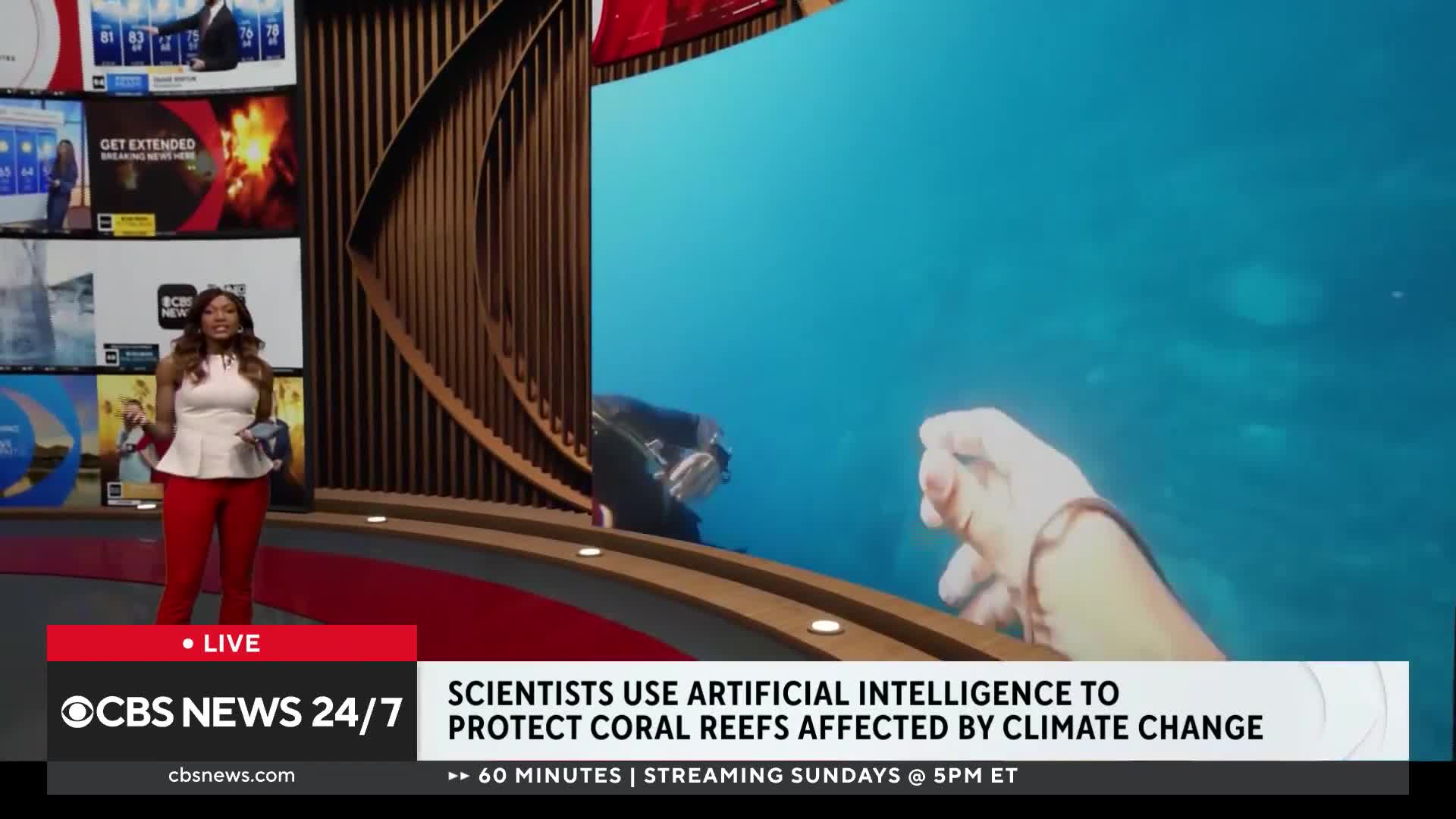Climate Change and Sustainability
Climate change and sustainability are intertwined issues that have become critical focal points in global discussions. Climate change refers to the long-term alteration of temperature and typical weather patterns in a place, prominently driven by human-induced activities such as the burning of fossil fuels, which release greenhouse gases like carbon dioxide and methane. This ongoing environmental crisis has led to severe repercussions including rising temperatures, shifting weather patterns, and increased frequency of extreme weather events. As recent analyses indicate, approximately 3.6 billion people live in areas vulnerable to climate change, highlighting the urgent need for effective solutions. Efforts towards sustainability seek to address these challenges by integrating environmental, economic, and social equity elements, ensuring that current needs are met without compromising future generations. This includes adopting renewable energy solutions aimed at carbon footprint reduction and promoting sustainable business practices. Notably, the transition towards sources such as solar and wind energy is crucial for mitigating greenhouse gas emissions. Recent initiatives, including significant climate agreements and technological advancements, emphasize the necessity of cooperation across nations and sectors. Organizations are mobilizing to implement strategies like the Architecture for REDD+ Transactions, which aims to protect and restore forests, further underscoring the multifaceted approach required to combat climate change. As stakeholders engage in discourse around these topics, including upcoming conferences and collaborative projects, the convergence of art, science, and business increasingly showcases innovative paths toward a sustainable future.
What is the strategic importance of Greenland in future maritime trade routes?
Greenland holds crucial strategic significance in emerging Arctic trade routes as climate change melts sea ice. It sits perfectly positioned between the Northwest Passage through Canada and the Northern Sea Route along Russia, both expected to open for large-scale maritime traffic by next decade. Even more significant is Greenland's proximity to the proposed Transpolar Sea Route through the North Pole, which by 2050 could become viable for shipping. This Transpolar route would create the shortest maritime path between Asia and Europe/Americas, saving thousands of kilometers compared to current Suez and Panama Canal routes. Whoever controls Greenland will have optimal geographic positioning to extend influence over these new trade routes that will transform global commerce as Arctic ice continues to retreat.
Watch clip answer (01:56m)How is artificial intelligence being used to protect coral reefs in France?
Researchers in France's Reunion Island are using AI to monitor coral reef health. They deploy underwater microphones to record marine sounds, then use artificial intelligence to process this audio data. This technology can analyze years of recordings in just minutes or hours, whereas traditional methods would take much longer. This rapid data processing allows conservationists to quickly identify problems affecting the coral and develop timely solutions to protect these threatened ecosystems, which could disappear within 25 years without intervention.
Watch clip answer (05:59m)How is artificial intelligence being used to protect coral reefs?
Conservationists on Reunion Island are employing artificial intelligence to analyze underwater audio from coral reef environments. This innovative approach allows scientists to process extensive amounts of data quickly and efficiently, helping them understand the challenges facing coral reefs, which experts warn could experience a 90% decline within the next 25 years due to climate change. The technology represents a significant intersection between advanced computing and environmental conservation, demonstrating how modern tools can enhance efforts to preserve vital marine ecosystems for future generations.
Watch clip answer (00:12m)How is bamboo being used in modern infrastructure projects?
Bamboo is increasingly becoming the backbone of construction and sustainability, with scientists in China pioneering advanced technologies to enhance its strength and durability for large-scale infrastructure. A notable success story is the Hong Kong Zhuhai Macao bridge (the world's longest sea crossing), where bamboo composite materials were implemented. These bamboo-based materials have been specially engineered to withstand harsh conditions while providing the necessary structural integrity for major infrastructure projects. This innovation demonstrates how traditional materials can be transformed through technology to meet modern construction demands.
Watch clip answer (00:29m)How is bamboo contributing to building a more sustainable future?
Bamboo is emerging as a key natural resource in the global search for greener solutions. It is demonstrating that nature holds the answers to creating a stronger and more sustainable future for construction and development. The material has been successfully implemented in major projects like the Hong Kong Zhuai Macao bridge with bamboo composite panels and India's bamboo crash barriers, showcasing its exceptional durability and environmental benefits. With superior strength properties and recyclability, bamboo represents a transformative alternative to traditional materials in combating climate change and advancing sustainable urban development.
Watch clip answer (00:20m)How does bamboo contribute to fighting climate change?
Bamboo plays a crucial role in combating climate change through its exceptional carbon sequestration abilities. It reportedly absorbs nearly 50% more carbon dioxide than typical trees, establishing it as a powerful tool in reducing atmospheric carbon levels. Beyond its construction applications, bamboo's environmental benefits make it an environmentally viable option for sustainable development. This remarkable capacity for carbon absorption, combined with its rapid growth and versatility, positions bamboo as an important natural resource in global climate change mitigation strategies.
Watch clip answer (00:13m)


